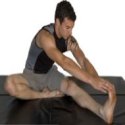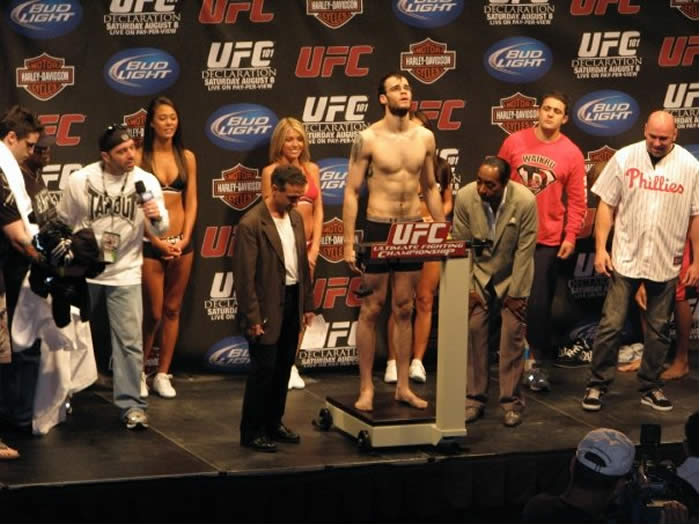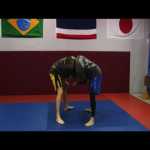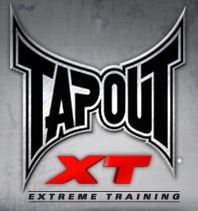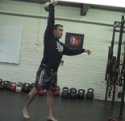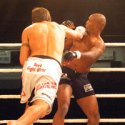Home | Site Map | About Me | Contact
Disclaimer | Build
Your Own Website | What's
New
|
Home: MMA Conditioning:Stretching
FLEXIBILITY TRAINING
LEG STRETCHING TIPSDYNAMIC STRETCHINGWhat is dynamic stretching?It is a method of stretching that uses the speed of movement, momentum and active muscle effort. Dynamic flexibility training is unlike static stretching which is used to stretch muscles while the body is at rest. Composed of various techniques, it lengthens muscles over time and is done to the point of discomfort.I used to soley do static stretching. Now I do a combination and actually warm my students up mostly with dynamic stretching. Dynamic stretches are considered by most to be a safer stretch and very effective as well. Here are some flexibility training stretches:Arm Swings1. Stand tall and hold arms out to your side. 2. Slowly swing your arms back and forth across the front of your body. 3. Repeat this continuous motion for 30 seconds.Side Bends 1. Stand with a shoulder width stance. Place a toning bar on your shoulders (optional). 2. Lean to one side keeping your torso straight. Do not bend forward or backwards. 3. Hold for a count of 2 and then repeat to the other side. 4. Complete 10 stretches each side.
1. Stand with a shoulder width stance. Place a toning bar on your shoulders (optional). 2. Lean to one side keeping your torso straight. Do not bend forward or backwards. 3. Hold for a count of 2 and then repeat to the other side. 4. Complete 10 stretches each side.
Trunk Rotations1. Stand with a shoulder width stance. Place hands on hips. 2. With knees slightly bent, turn from side to side keeping feet firmly on the floor. 4. Complete a total of 15-20 full swings.Full Back Stretch1. Lie on your back and bring both your knees to your chest with hands clasped under back of knees. 2. Roll forwards until your feet touch the floor and then immediately roll back until just before your head touches the floor. 3. Continue until you complete 10-15 full rolls.Abdominal Stretch1. Start by lying on your back on the stability ball holding a toning bar at your chest (the toning bar is optional). 2. Push back with your feet and simultaneously push the bar over and behind your head. 3. Your legs should be straight and your arms outstretched. 4. Return to the starting position and repeat for 10-15 reps.Hamstring Stretch1. Lie on your back and place a piece of exercise tubing (or rolled up towel) around the bottom of one of your feet. 2. Pull the tubing and raise your leg at the same time until a comfortable stretch is felt. Return to the starting position and repeat for 10-15 repetitions. 3. Repeat with other leg.Groin Stretch1. Start by placing your right knee on top of a stability ball and maintain your balance. 2. Slowly spread your leg out to the side until you feel a stretch on the inside of your thigh. 3. Return to the start and repeat for 10-12 repetitions before changing to the other leg.Alternate Toe Touches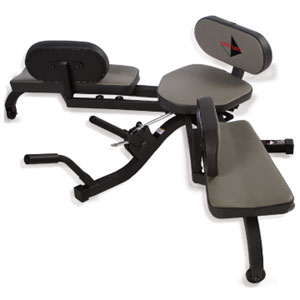 1. Start by standing with your feet spread as far apart as comfortably possible.
2. Lean forward toward one leg and try to reach your foot or until a comfortable stretch is felt in your low back and hamstrings.
3. Now try to touch the other foot with the opposite arm. This motion should be continuous alternately touching each foot (as close as possible) with the opposite hand.
Important: skip this stretch you are prone to low back pain or if it causes you any discomfort.
1. Start by standing with your feet spread as far apart as comfortably possible.
2. Lean forward toward one leg and try to reach your foot or until a comfortable stretch is felt in your low back and hamstrings.
3. Now try to touch the other foot with the opposite arm. This motion should be continuous alternately touching each foot (as close as possible) with the opposite hand.
Important: skip this stretch you are prone to low back pain or if it causes you any discomfort.
Leg Swings1. Start by standing with your feet shoulder width apart. 2. Keeping your upper body perpendicular to the ground swing one leg forward and backward. 3. Do not swing your leg so hard that you cannot keep your upper body from moving. 4. Repeat for 10 full swings and repeat on other leg. 5. You can also swing your leg across your body stretching the abductors and adductors. These stretches are best done as part of your warm up, beginning with 10-15 minutes of light aerobic exercise to be sure you are warmed up enough. Since these are not as effective as static stretches, they do help you prevent injury. You can then employ static stretches after training to increase flexibility. To get some instruction on stretching as well as free articles Stretching for MMA is a good place for some free information. |
Sign Up for our MMA Zine and get
|
|
We just did a new review on the program TapouT XT. CJ our staff writer was so impressed he is buying one. Check out what he found out.
|
Ultimate MMA Store
Powered by Site
Build It! |
Copyright©2010 Ultimate MMA Equipment













